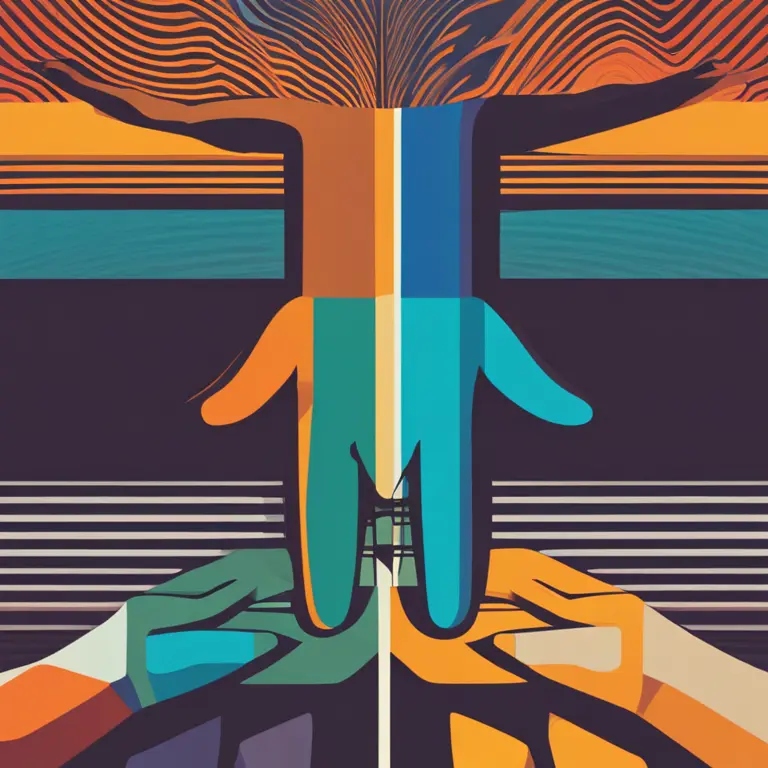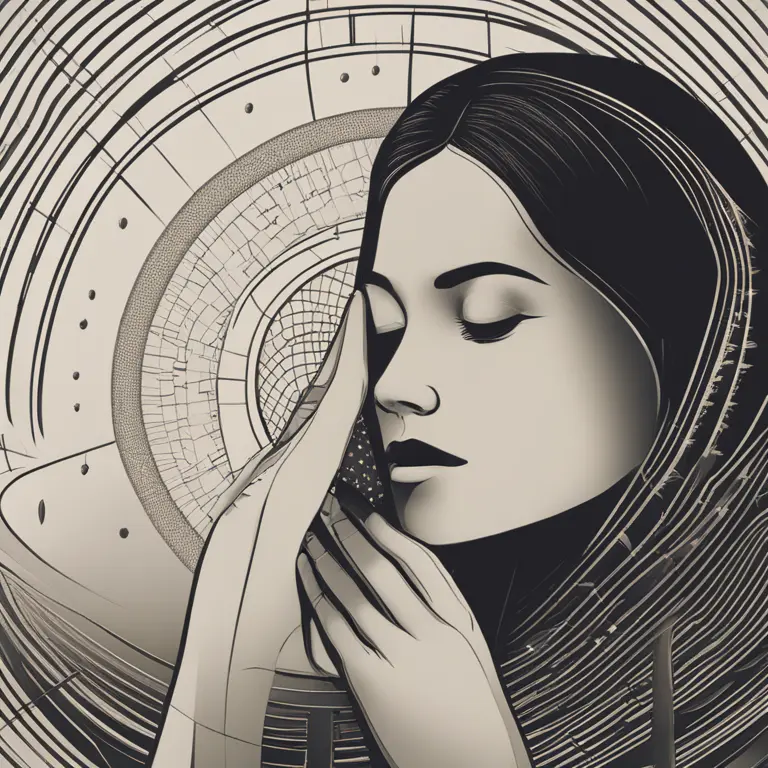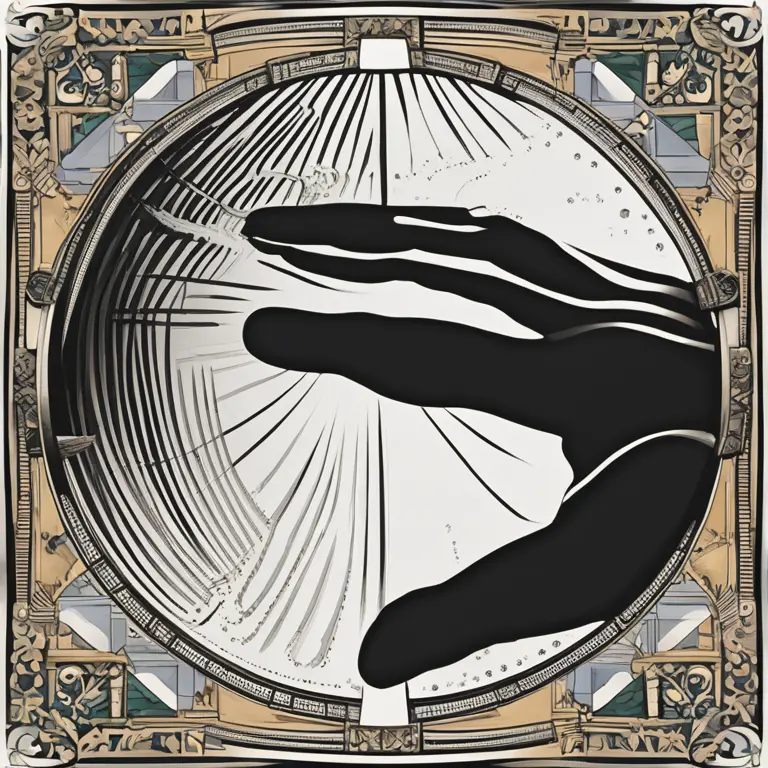
Exploring Hand Dominance in Palmistry
Delve into the significance of left and right-hand dominance in palmistry and how it reflects on personality and destiny.
article by Nora Pennington
The Essence of Hand Dominance
Hand dominance is not merely a reflection of our preference for using one hand over the other for daily tasks. In palmistry, which is the ancient practice of interpreting palms to predict the future and analyze character traits, hand dominance plays a crucial role in understanding an individual’s intrinsic qualities and life path. The dominant hand, often called the active or conscious hand, typically represents the present and future, showcasing the outworking of one's decisions, experiences, and actions. Meanwhile, the non-dominant hand, or the passive or subconscious hand, is thought to be reflective of innate potential, hidden talents, and the past.

Reading the Dominant Hand
For right-handed individuals, the right hand is generally considered dominant and, as such, is usually the first to be analyzed by a palmist. Here we witness the impacts of life's choices and the maturation of one's personality over time. The lines, shapes, and mounts of the dominant hand can reveal changes and developments, narrating the tale of personal endeavors and the influence of external factors. Conversely, left-handed individuals offer their left hand for a similar analysis, providing insight into their actively developing life story.

Interpreting the Non-Dominant Hand
The non-dominant hand serves as a map of one's raw and unrefined characteristics, often related to genetic or familial traits. Studying the non-dominant hand gives palmists a baseline for understanding an individual's inherent dispositions and possible future outcomes. It is considered a starting point, a canvas displaying the draft of one's destiny, before being overpainted with the life experiences highlighted on the dominant hand.

Comparative Analysis of Both Hands
A side-by-side comparison of both hands is invaluable in palmistry as it offers a broader perspective on an individual's life journey. Discrepancies between the lines and features of the two hands can underscore the personal growth or the divergence from natural propensities. For instance, a visible difference in the heart line might suggest a significant shift in emotional life or relationship patterns. Such comparative studies unravel how personal choices and external circumstances sculpt our destiny.
Hand Dominance and Ambidexterity
A minority of the population is ambidextrous, able to use both hands with equal skill. In palmistry, this duality suggests a more complex and versatile character, incorporating attributes of both dominant and non-dominant hand readings. Ambidextrous individuals are sometimes viewed as having a more holistic view of life, able to tap into both conscious actions and subconscious inclinations seamlessly.
Societal and Cultural Considerations
While hand dominance has its place in the mystique of palmistry, societal and cultural factors regarding hand preference should not be overlooked. Some cultures place greater significance on the right hand due to historical perceptions of dexterity and purity. These societal views can unwittingly alter the way individuals perceive their own hand dominance and should be factored in when contemplating the esoteric interpretations within palm reading.
Embracing Modern Insights
In modern palmistry, evolving insights and new approaches continue to influence hand dominance readings. With advances in psychology and neurosciences, palmists might integrate contemporary understanding of brain hemispheres and cognitive functions into their practice, leading to more nuanced and holistic interpretations that resonate with individuals seeking self-awareness and direction in a rapidly changing world.
Published: 1/11/2024
Modified: 1/12/2024
More predictions
Come back here soon to learn more about yourself and your future


The Possibility of Palmistry in Cancer Detection
Examining the claims that palmistry holds any potential in identifying the risk of cancer: a deep dive into the world of mysticism and medicine.


Palmistry: The Historical Overview
Delve into the dawn of palmistry and trace its journey through the corridors of time, uncovering the roots of this ancient practice.


The Ancient Art of Vedic Palmistry
Discover the ancient art of Vedic Palmistry and its practice in the modern era, revealing the secrets held within the lines of the hand.